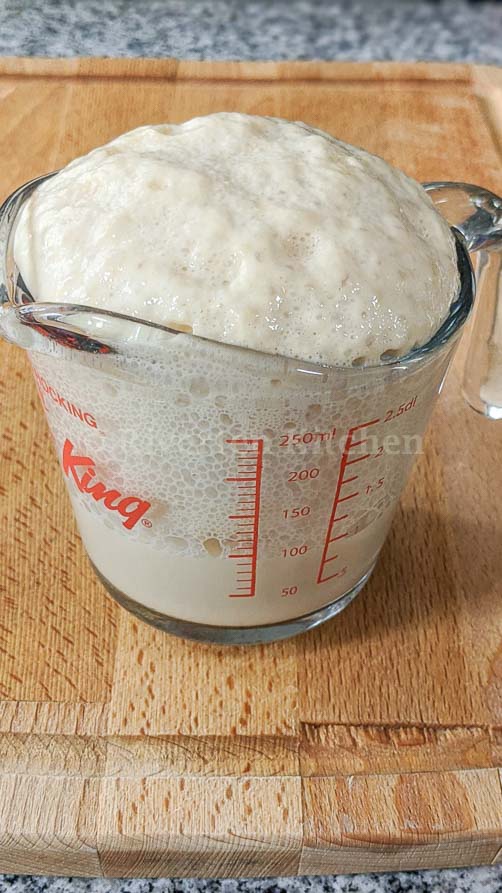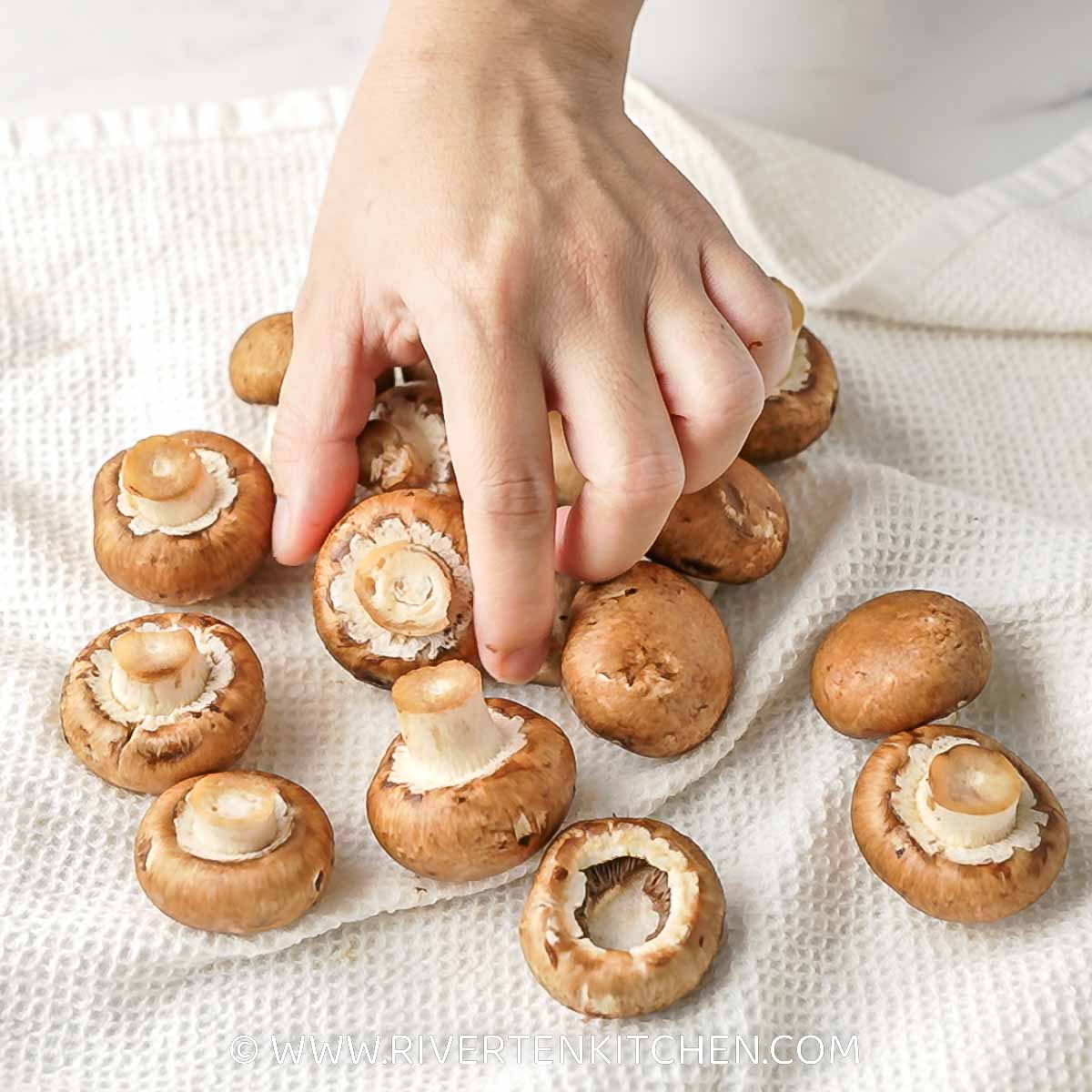
Table of contents
How to activate yeast
- Make sure the water is lukewarm before putting in the yeast. If it’s too hot the yeast will die. If it’s cold, the yeast will not activate.
- If you want to make sure that the water is at the right temperature, use a kitchen thermometer. The temperature of the water should be between 30c/86f to 40c/104f.
- Add a teaspoon of sugar to the water before stirring in the yeast. This will help easily activate it.
- Activate the yeast in a bowl even if it’s instant yeast. This ensures that the yeast is fresh and alive.
Kneading and rising the Dough
- Knead dough until smooth and elastic, it should spring back when poked. Add more flour only when the dough is too wet and clings heavily to the sides of the bowl.
- Don’t add too much flour. Knead the dough with the stand mixer after every addition and then feel and test the texture after. The dough should be slightly sticky and pulling away from the sides of the bowl.
- Cover the bowl with plastic wrap and seal the edges. I find that the yeast activates more quickly when moisture is locked-in in the bowl.
- For colder months, I use the oven to prove the dough. Place a glass baking dish on the bottom rack of the oven and fill it with boiling water. Put your dough on the middle or top rack and shut the door. The steam and heat from the boiling water will create a warm environment to help the dough rise.
Make-ahead dough
- Make the dough ahead of time then place it in the fridge. The dough will slowly rise and double in size overnight. On the day of baking, remove from the refrigerator 30 mins to 1 hour before you’re going to shape them into rolls.
Reasons why your dough didn’t rise
Note: this applies to slow rising in the refrigerator and room temperature rising.
The yeast is expired or old
Always make sure that your yeast is fresh or that it has been properly stored in an air-tight container. Yeast that is too old or has been exposed to air for a long time will be weak. I recommend buying yeast in sachet instead of one big bag. This way, you only open what you need and the rest of the yeast is kept from being exposed to air. If you happen to buy a big bag, seal it very tightly after using it and place it in the refrigerator to extend its shelf-life.
The yeast did not activate
If the yeast did not bubble (see photo above) during frothing then it did not activate. Throw it away and DO NOT PROCEED with adding it to the rest of the ingredients. Make another batch and make sure that the water temperature is not hot. IT MUST BE LUKEWARM.
The dough was not properly covered
The dough can become dry at the top if not covered with a damp towel or cling film plastic wrap. This can affect the overall texture of the dough and potentially affect the rising process of the dough.
Too much flour
Having too much flour causes dry dough which can affect the rising of the dough. Follow the amount stated in the recipe and only add flour when it’s still sticky after kneading.
Yeast touched the salt
Salt can affect yeast. Do not combine them early. To prevent this from happening, stir the salt with flour and sugar before adding the yeast mixture.



hello why is it my ensaymada was not fluffy? thanks